
The Happy Museum Project emphasizes the value of culture in developing a sustainable global future. Today I asked Ruth Quinn their Communications Officer to give our readers an overview of their work, including a peek at their future. Follow their work on Twitter: @HappyMuseum
The Happy Museum Project was set up by Tony Butler in 2011 with a vision to challenge museums to use their position in society to promote well-being, sustainability and resilience. Museums occupy a unique space in our world; they are popular and trusted spaces in society- where most visitors expect to have important interactions, free from commercial or political agendas. Advocates of the Happy Museum set out to become active stewards of the future as well as the past. Happy Museum thinking challenges the status of economic growth as the most meaningful measure of a society and investigates how alternative models of development, such as social return on investment might be better tools for transitioning to a more sustainable world.
The Happy Museum Project was set up by Tony Butler in 2011 with a vision to challenge museums to use their position in society to promote well-being, sustainability and resilience. Museums occupy a unique space in our world; they are popular and trusted spaces in society- where most visitors expect to have important interactions, free from commercial or political agendas. Advocates of the Happy Museum set out to become active stewards of the future as well as the past. Happy Museum thinking challenges the status of economic growth as the most meaningful measure of a society and investigates how alternative models of development, such as social return on investment might be better tools for transitioning to a more sustainable world.
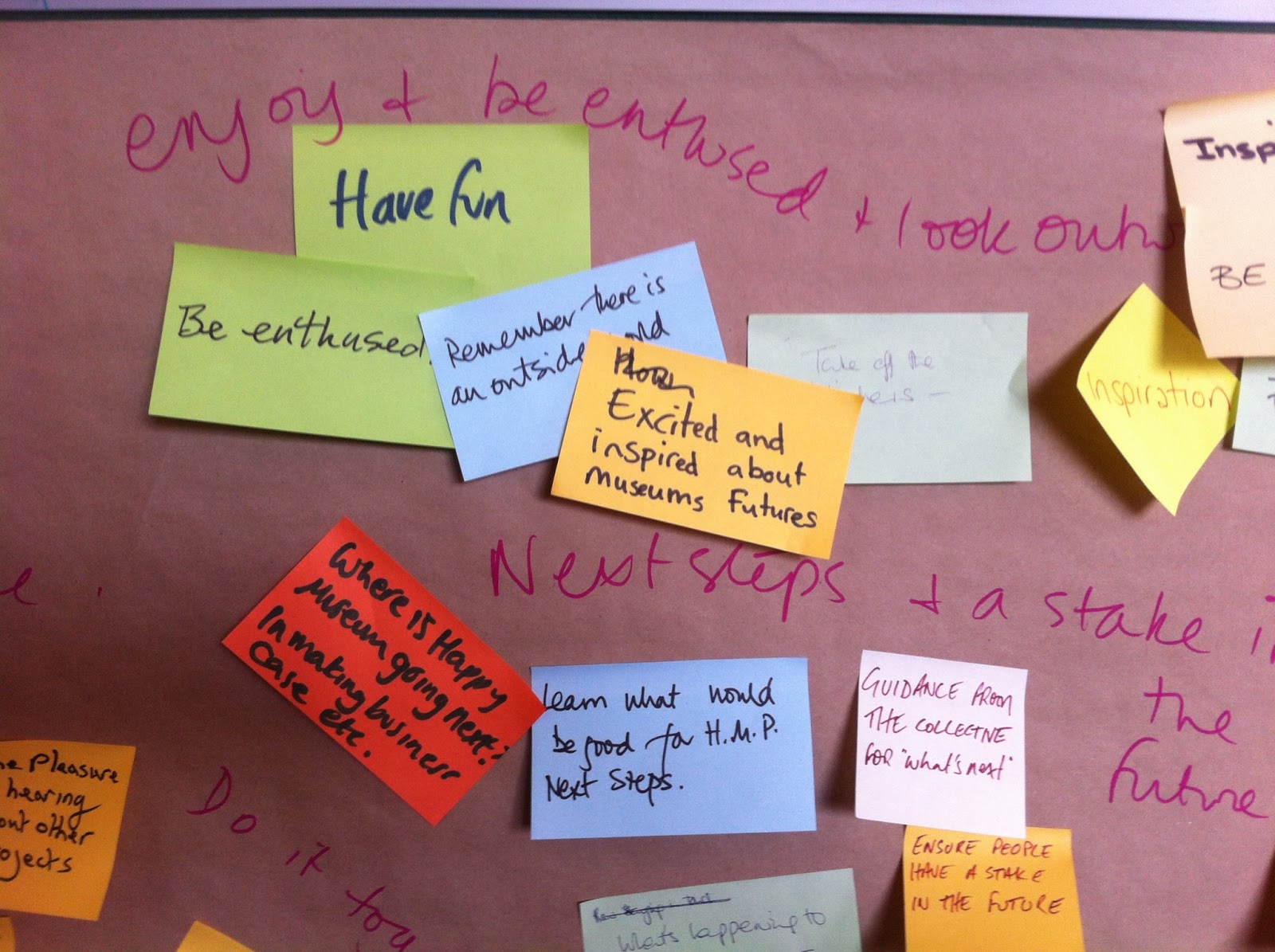 |
| The Thinking Project depicts ideas generated at the Happy Museum Symposium, 2014 |
The Paper ‘The Happy Museum: A tale of how it could turn out all right’ by Sam Thompson and Jody Aked, with Bridget McKenzie, Chris Wood, Maurice Davies and Tony Butler set out the Happy Museum’s Manifesto for change, starting a conversation about how the UK museum sector could respond to the challenges presented by the need for creating a more sustainable future. In 2013 Happy Museum commissioned Daniel Fujiwara from the London School of Economics to investigate whether visiting a museum could play a part in boosting individual well-being. Fujiwara’s report ‘Museums and Happiness: the value of participating in museums and the arts’ concluded that visiting museums can boost individual happiness and that in monetary terms, people placed their experiences of participating in arts & museums at around £3,200 annually.
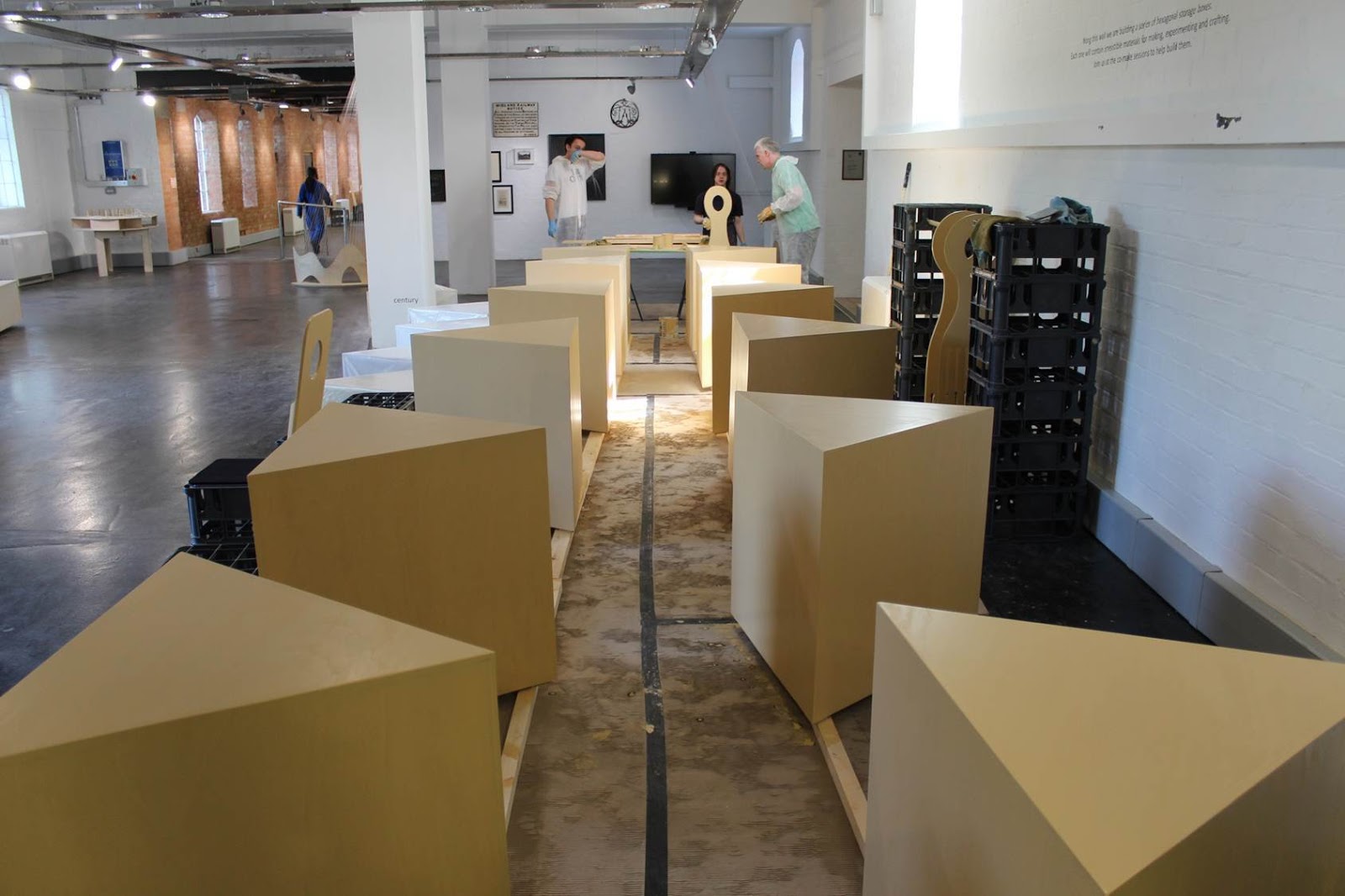 |
| Derby Museum’s Re–make Project at the Silk Mill |
- measure what matters
- pursue mutual relationships
- create the conditions for wellbeing
- value the environment
- be a steward of the future as well as the past
- be an active citizen
- learn for resilience
These principles provide the foundation for our research and evaluation.
What does all this actually mean for museums? What exactly is a Happy Museum then?
Happy Museums are about building a case for optimism – they are museums created to actively seek solutions to become more sustainable and in doing so, they promote the well-being of visitors, staff and communities. Since our inception in 2011 – we have worked with a host of organizations across England and Wales to support projects around well-being and sustainability in a variety of museums. Examples of Happy Museum projects include the community co-production and D.I.Y approach to a new museum at Derby Silk Mill; use sustainable land management to shed new light on collections and provide training opportunities for young people at Ceredigion Museum; and, host a comedian in residence at Woodhorn Charitable Trust. The projects we commissioned – demonstrate that well-being and sustainability mean different things to different people.
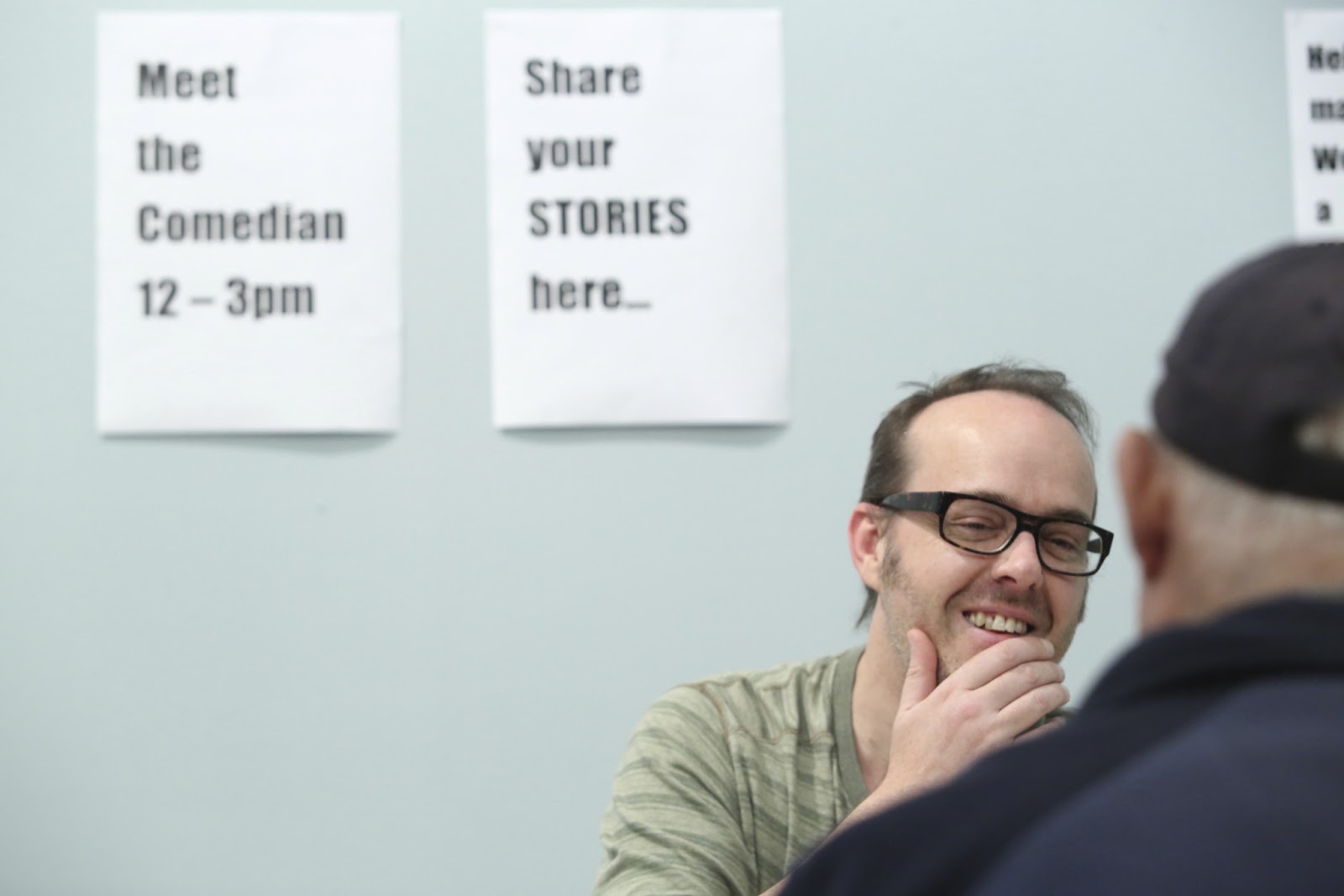 |
| Woodhorn Charitable Trust ‘Stand up for Woodhorn’ |
What next for Happy Museum?
We are also currently working with a core group of museums, Derby Museums, Ceredigion Museum, Woodhorn Charitable Trust, Manchester Museum, The Lightbox and the Beaney House of Art and Knowledge to conduct a 5 Year study. The museums will be brought together in a dynamic programme of action and supported peer learning. It will be underpinned by a learning evaluation and research programme using the LIFE methodology (research focused on Learning, Interaction, Feelings and Environmental care).Building on learning from the past four years of Happy Museum we will bring together teams from the study group in a programme of provocation, action, interaction, connecting, learning and mentoring.
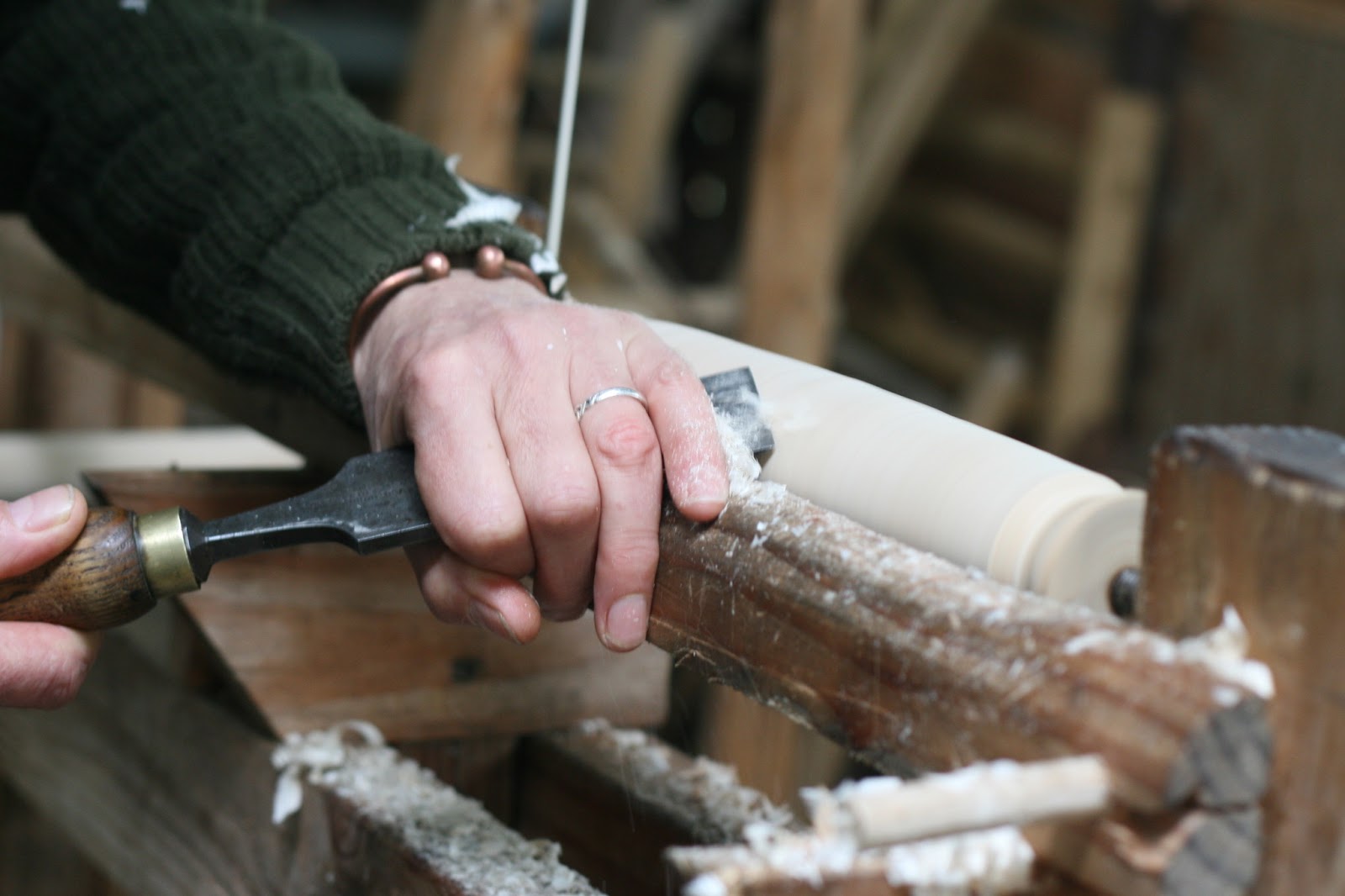 |
|
‘Reaping the Knowledge’ at Ceredigion Museum
Skip over related stories to continue reading article
|
Our aim at the end of the 5 year period is for sustainability and well-being to be as embedded in these museums as learning and participation. The study group met together for the first time on the 11th November 2015 at the Manchester Museum to start this very exciting journey together. The five year study brings together staff from across museum teams, in order to break down barriers between teams and create a shared vision for change. 2016 promises to be a very exciting year for the Happy Museum project. Look out for brand new resources, open events and knowledge sharing as we work with museums at the cutting edge of well-being and sustainability in the UK to deliver new ways of working for the museums of the future.






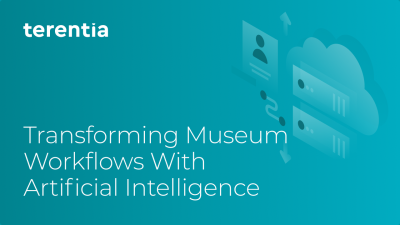
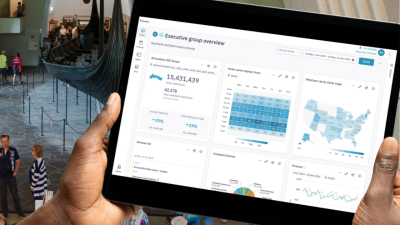
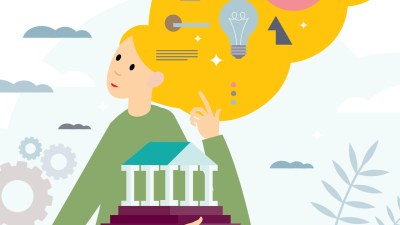
Bravo again to British Museums for taking the lead in issues so essential to the role of museums in the community. In the 1990s they were the leaders in teaching us how art museums should understand their publics and make their collections accessible. NOW – they lead in encouraging museums to approach the essential issues to sustainability and life.
Agree wholeheartedly. The Happy Museum principles, coupled with NEF's Five Ways to Wellbeing, have provided a relevant, resonant and compelling framework for programme development and staff wellbeing at my museum (Design Museum London). Brilliant.
Agree wholeheartedly. The Happy Museum principles, coupled with NEF's Five Ways to Wellbeing, have provided a relevant, resonant and compelling framework for programme development and staff wellbeing at my museum (Design Museum London). Brilliant.
So glad to see The Happy Museum highlighted here! In aiming for the study group to "sustainability and well-being … as embedded … as learning and participation," I hope the project will also consider what sustainability and well-being look like for staff. Will focusing on sustainability and well-being for museum audiences translate to more sustainable and well-being-promoting practices for staff? I hope so, and would love to see such an outcome monitored as part of the study.